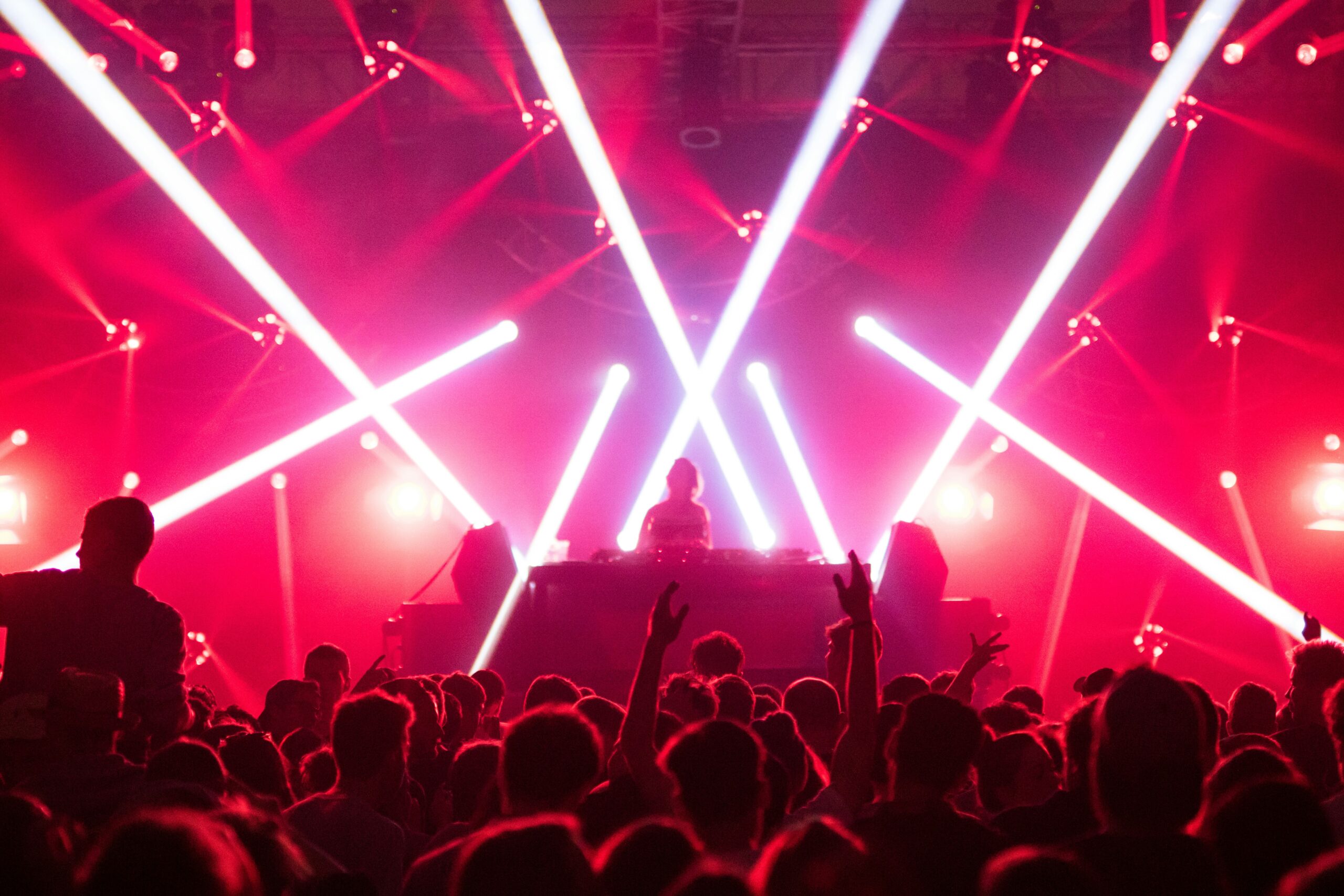Timo Koren in European Journal of Cultural Studies
Understanding regulation is key to identifying and understanding the mechanisms and patterns that (re)produce social inequalities in nightclub production. Roughly speaking, researchers have focused on two forms of regulation: governmental regulation and club-led regulation. First, city councils regulate nightlife through licensing, zoning laws, nightlife districts and urban redevelopment. Second, clubs have their own incentives to regulate spaces of consumption: to ensure safety, to increase middle-class audiences’ spending power and to attract audiences with high subcultural capital. Research in this vein has so far mainly focused on door policies. However, in analysing club-led regulation, a more nuanced, intricate understanding of cultural production is key. Using David Hesmondhalgh’s cultural industries framework, this research argues that existing work on regulation presupposes pre-existing demand, neglecting that nightclubs also actively create demand. First, it highlights that clubs employ other, less visible but nonetheless exclusionary, production practices that are in effect before audiences even reach the door: hiring external organisations, genre-based formatting, locational strategies and guest lists. Second, it decentralises the role of door policies. Understood in relation to other nightclub cultural production practices, door policy research does not account for nightclubs’ assessments of door policies, venues’ financial precarity, social networks and the need to constantly attract new audiences. By doing so, I examine the workings of power in urban cultural economies by understanding cultural production as a form of spatial regulation. The research is based on 29 interviews with 36 Amsterdam-based nightlife promoters and 111 hours of short-term ethnographies in clubs and at industry events.
